The Travels of Tug 44 |
|
Pumpout of Lock C-9 Winter Maintenance on the New York Canals |
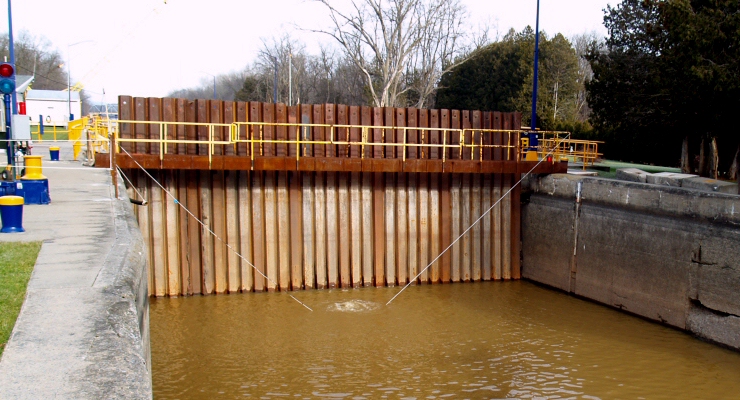 |
|
Every 10 years or so, each lock gets pumped out and all the underwater components are inspected and repaired. That includes the hinge pins, valve gates and all the parts that can't be reached from above the water's surface. The first step (shown above) is the building of a "sheet pile" coffer dam on both ends, to keep the water out.
|
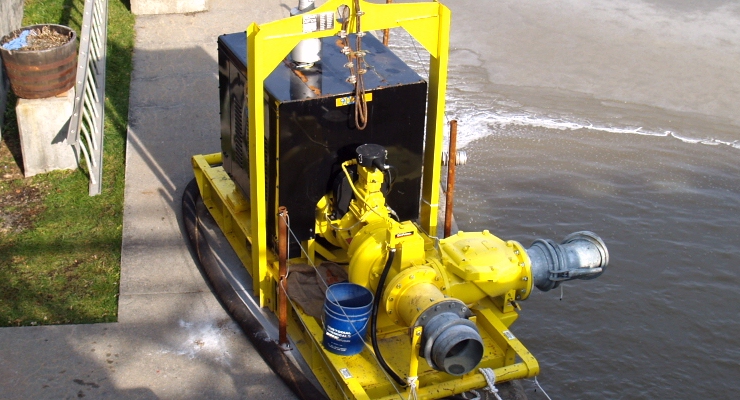 |
|
Emptying the lock requires a very big pump, like this diesel unit.
|
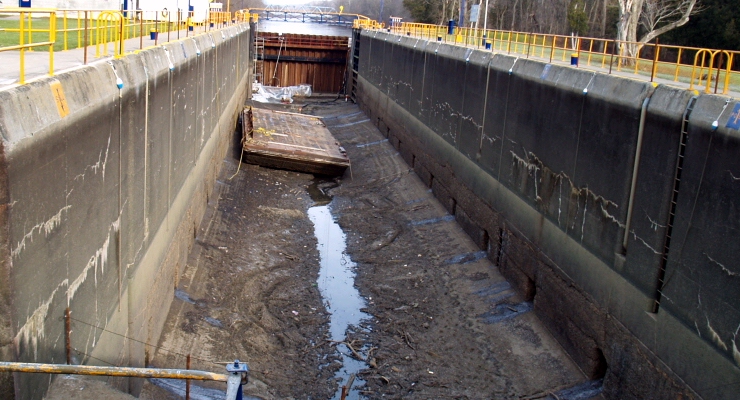 |
|
A view of the lock looking at the lower end. That's a work barge laying on the bottom. The lock gates are open, folded into their notches in the walls.
|
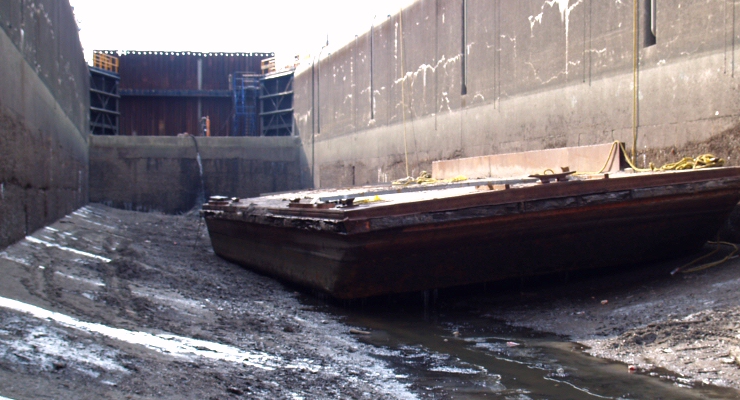 |
|
A look from the bottom. There's an awful lot of accumulated mud and debris, including dozens of sunken boat-hooks lost by boaters over the years. In the background is the upper end sill of the lock.
|
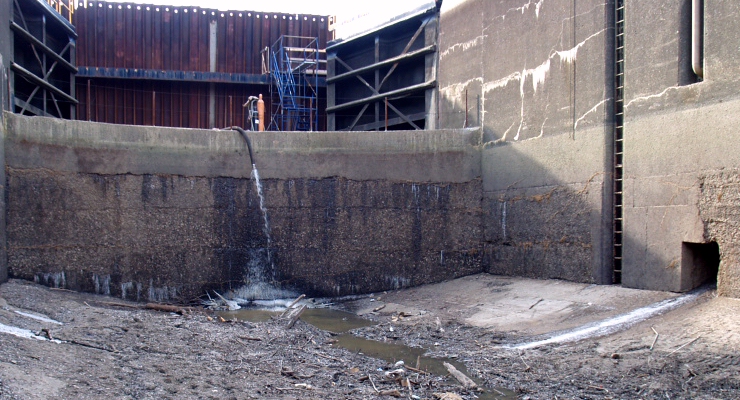 |
|
A better look at the upper sill with the coffer dam above. In the lower far right is one of the holes that connect to the valve tunnel running alongside the lock. There are a few dozen of these holes, so that the water is let in and out of the lock, spread out over the entire length of the lock.
|
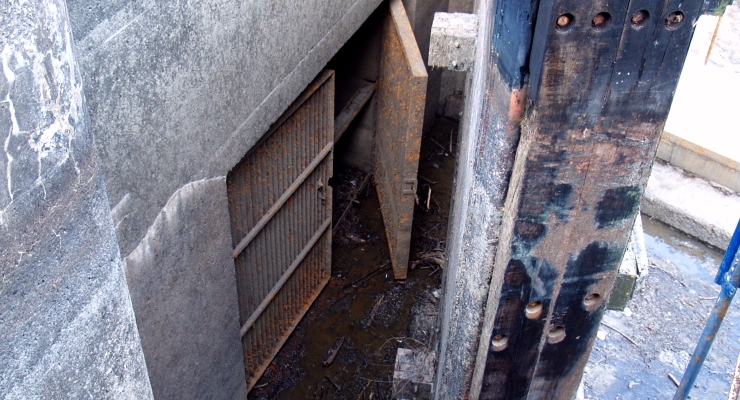 |
|
Almost hidden behind the half-closed lock gates is this valve tunnel opening, covered by a metal grill. The grill keeps large debris and trash out of the tunnel, preventing valve clogging. This tunnel has an opening about 8 or 10 feet square.
|
Lighthouses - Canal Corp Boats - Tugboats & Trawlers